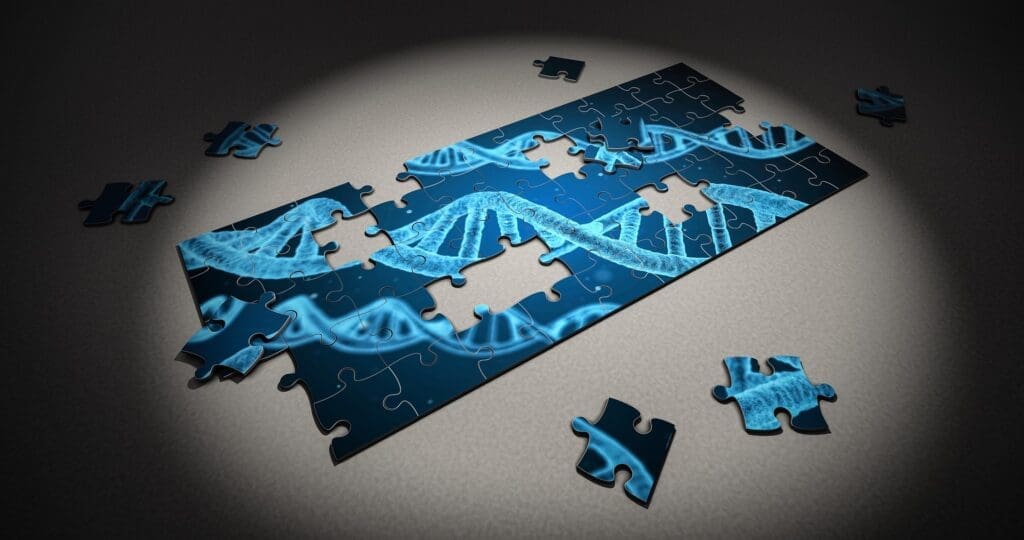New method reveals lipid transport in cells
A research team from Dresden and Prague has developed a groundbreaking imaging method that makes it possible to track individual lipids in cells for the first time. This allowed the scientists to uncover the primary mechanism of lipid transport within cells, which is crucial for the maintenance of cell membranes.
Lipids, essential building blocks of cell membranes, are indispensable for numerous cell functions such as energy storage and signal transmission. Their exact distribution in cells has been difficult to understand until now, as conventional microscopy techniques reach their limits. The Dresden team, consisting of experts from the Max Planck Institute of Molecular Cell Biology and Genetics (MPI-CBG), the Biotechnology Center (BIOTEC) of the TU Dresden, the Helmholtz-Zentrum Dresden-Rossendorf (HZDR) and the J. Heyrovsky Institute in Prague, has developed a novel chemical labeling method. This makes lipids visible by means of fluorescence microscopy by synthesizing minimally modified lipids that differ from natural lipids by only a few atoms.

The researchers introduced these modified lipids into human bone and intestinal cells that are suitable for imaging. By activating them with UV light, the lipids could be bound to neighboring proteins and their transport could be stopped in order to document their positions over time. Supported by AI-assisted image analysis and mathematical modeling, the study showed that 85 to 95 percent of lipid transport between cell organelles occurs through carrier proteins, not vesicles. This protein transport is not only more specific, but also ten times faster than vesicular transport. At the same time, high-resolution mass spectrometry was used to investigate how lipid structures change during transport.
The results illustrate that protein-mediated transport is the main mechanism to maintain the specific composition of organelle membranes. These findings are of great importance because lipid imbalances are linked to metabolic and neurodegenerative diseases such as non-alcoholic fatty liver disease. The new technique opens up opportunities to better understand the role of lipid transport in healthy and diseased cells and could promote the development of new therapies for lipid-related diseases.
The method marks a turning point in cell biology, as it enables quantitative analysis of lipid flow for the first time. In the future, the researchers plan to identify the specific lipid transfer proteins and the energy sources of directed lipid transport in order to further decipher the mechanisms behind membrane stability.
Original Paper:
Quantitative imaging of lipid transport in mammalian cells | Nature
Editor: X-Press Journalistenbû¥ro GbR
Gender Notice. The personal designations used in this text always refer equally to female, male and diverse persons. Double/triple naming and gendered designations are used for better readability. ected.




